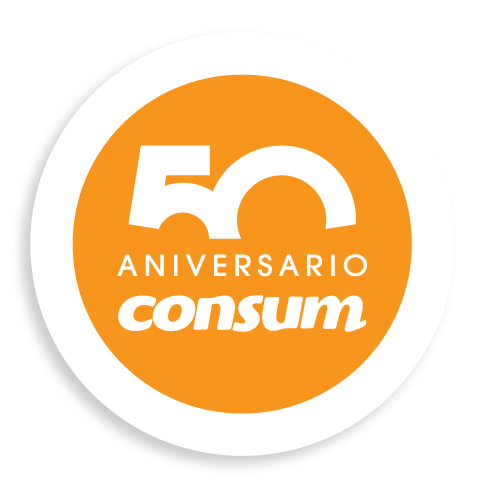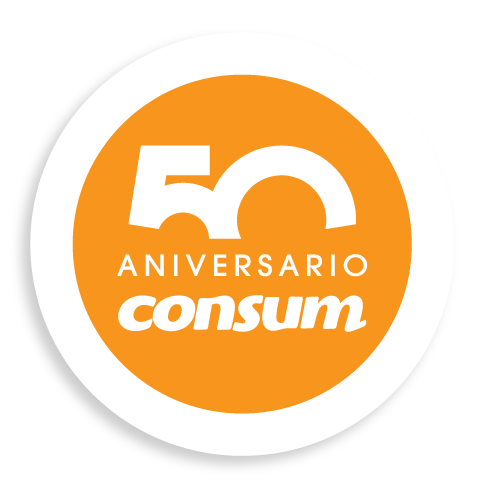Sustainable fishing, what is it and what does it consist of?
Sustainable fishing is a group of practices aimed at maintaining the population of marine species. Enter and discover more about this technique.

We have become accustomed to consuming marine products, from the exquisite sea-food of our coasts and nearby waters, to fresh local fish, or preserved by traditional systems, previously salting, smoking and pickling, today in particular industrial freez-ing.
It is likely that these historical reasons have turned us into the fishing power that we are today, European leaders in catches. And, in addition, the fifth highest consumers of fish per capita in the world. Of course, we consume much less salted, smoked and pick-led; we prefer fresh fish and, if not, frozen.
But today, the uncontrollable growth of the world population and our almost infinite capacity to pollute the waters force us to have to consider the environmental impact of all our activities, including - of course! - fishing. The basic criteria of sustainability - based on the need to conserve as much as has already been acquired and guarantee it for the future, if possible, for all of humanity - are demanding in terms of the conservation of the natural environment. For reasons of current and future survival: it depends on us all being able to feed ourselves, having the essential natural resources today and, above all, tomorrow.
They are increasingly renewable resources; and those which are not, such as coal and hydrocarbons on which 80% of the gross primary energy used by the world still de-pends today, will end up being depleted but, in addition, they will do so by excessively polluting the air, the soil and the waters, as they have been doing for more than a cen-tury.

That is why fishing activity is strictly regulated throughout the world; it is the only way to remain a sustainable resource, as well as a desirable one. Hence, the different regu-lations at local, regional and international levels are not intended to keep the famous “ecological renewal rate” positive, a mathematical index which estimates how many adult captures of a given species can be made, and at what times of the year it is bet-ter to do it, so that there are enough breeders left to maintain the population without it decreasing.
Scientific research
To determine all the parameters which help calculate that index with maximum preci-sion, we need a lot of scientific research, which isn't easy to do on the high seas on the surface and especially at different depths, for obvious reasons. Hence the enormous interest in being able to study animals by large scientific institutions committed to sus-tainability criteria, such as, for example, the Oceanogràfic of Valencia and, at the national level, the Spanish Institute of Oceanography.
All these studies and estimates are able to determine what are the optimal breeding periods, the way of communicating with animals in stress, the average mortality and birth rate, the declared and real catches, and many other essential quantities for a correct regulation of fishing activity.

And the results have long been excellent for local fishing and fish sold in Lonja; a con-trol exercised with the utmost demand by the fishermen's associations themselves, who are the first ones interested in preserving their livelihoods. Today we can be sure that this fish not only arrives in our kitchens with maximum freshness but is also ob-tained through sustainable practices. Which does not exclude the consumption of other forms of conservation and presentation of fish, of course, provided that it complies with the strict European legal regulations which control the sector.
A new phenomenon has been added to this conservationist landscape which aims to make sustainable a large-scale management of food which the modern world increas-ingly demands aquaculture. Aquaculture fish is as healthy, nutritious and tasty as fresh fish, and has also been controlled from birth to arrival in the markets, thus ensuring strict compliance with the legislation. And if thousands of years ago we stopped being hunters and gatherers to become farmers, now nothing prevents the process from adapting to the “cultivation” of fish, under the appropriate scientific and productivity controls.
It can be said that the consumption of fresh fish, whether it is market fish or aquacul-ture, is the most sustainable by guaranteeing positive rates of ecological renewal.
It seems, then, that the binomial "fresh and sustainable fish" cannot only succeed at the table but, above all, in the face of the conservation of our marine environment, which occupies more than 70 percent of the planet's surface.
What do you think about?
Share comments, opinions and tricks with the Community







